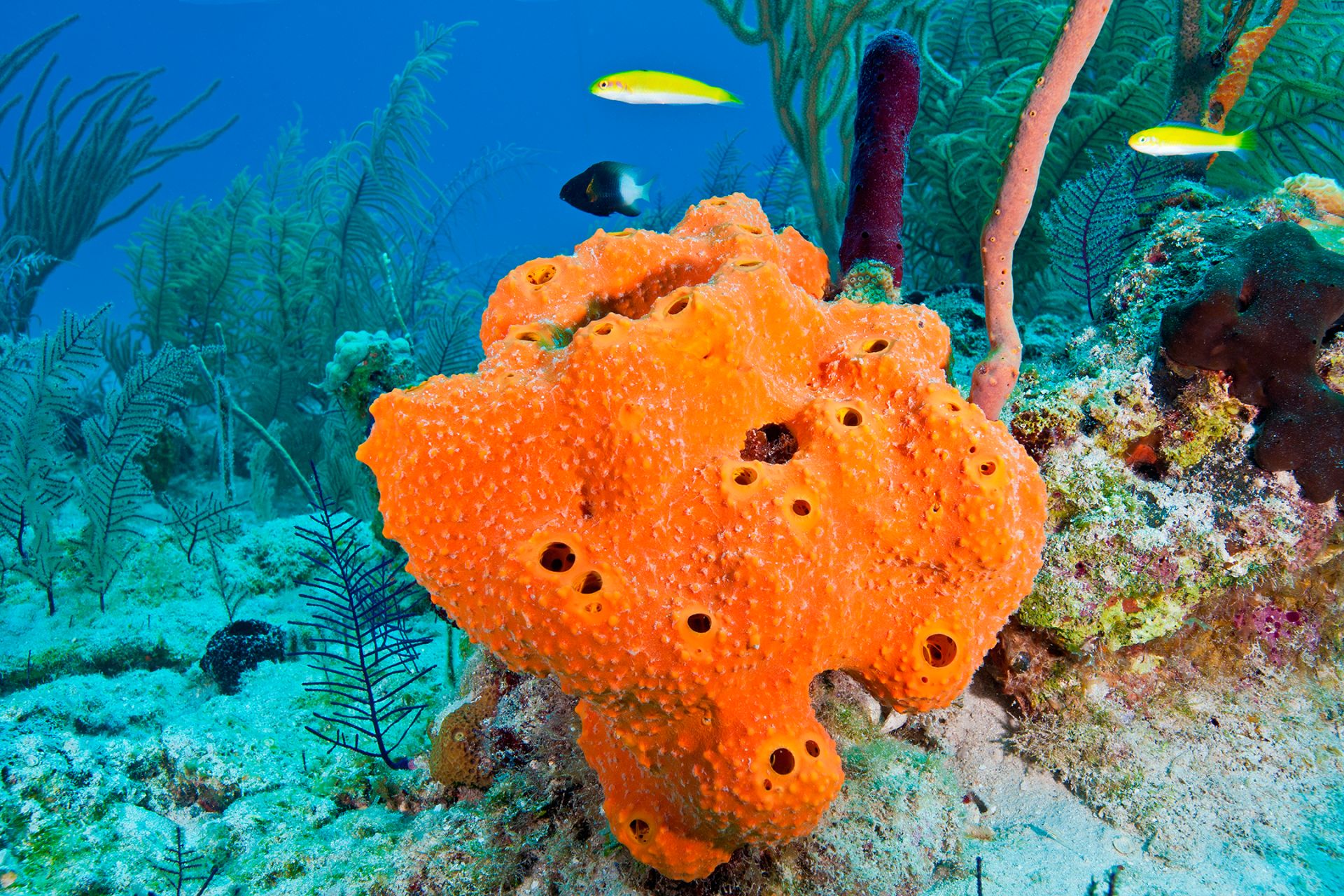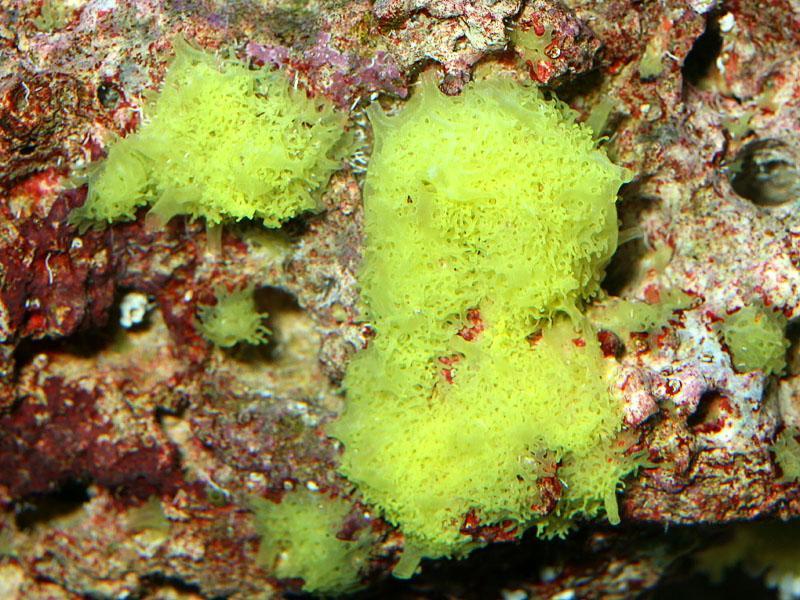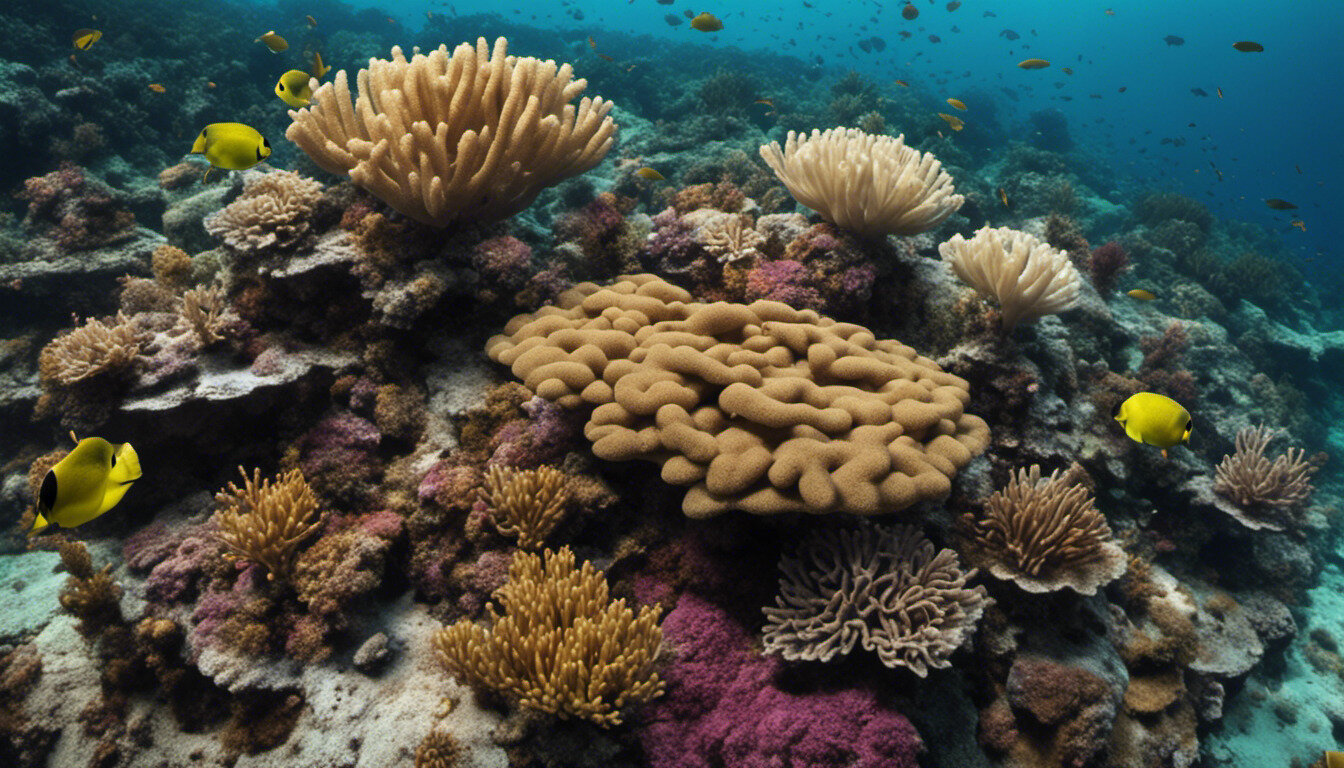Types Of Sponges In Reef Tank
Sponges play an essential role in maintaining a healthy reef tank ecosystem. These beautiful creatures come in different types, each with unique characteristics that make them fascinating to observe. In this post, we will explore types of sponges in reef tank and the importance of selecting the right kind for your tank.
Pain Points of Types of Sponges in Reef Tank
Many reef tank owners struggle to maintain a healthy and balanced tank, which can be challenging when choosing the right sponges. Different sponges require different care, and improper selection can lead to an overgrowth of unwanted algae or a decline in coral health.
The Target of Types of Sponges in Reef Tank
The goal of including sponges in a reef tank is to create a natural filtration system that aids in maintaining water quality and provides food for other inhabitants of the tank. The types of sponges chosen for the tank will depend on the individual's preferences and the needs of the tank's inhabitants.
Main Points of Types of Sponges in Reef Tank
When selecting types of sponges for the reef tank, consider factors such as size, dietary requirements, and growth rate. Some sponge varieties are fast-growing and can out-compete coral for space and nutrients, while others are slow-growing and benefit the tank ecosystem by providing food and shelter for other organisms. Proper research and selection of sponges can contribute to a thriving and healthy reef tank.
Types of Sponges in Reef Tank
I started my reef tank with a selection of sponges, and the experience was fantastic. One of the first types of sponges I added to my tank was the tube sponge. This type of sponge is effortless to care for and has a beautiful coloration that adds vibrancy to the tank. It is essential to note that the tube sponge grows relatively fast, requiring regular trimming to prevent it from overtaking other inhabitants in the tank.
The second type of sponge I added to my reef tank was the ball sponge. This sponge is non-toxic and has an excellent radiant color that adds to the aesthetics of the tank. The ball sponge grows at a moderate pace, making it an excellent addition to the reef tank ecosystem.
Choosing the Right Type of Sponge
Another type of sponge I would recommend for a reef tank is the encrusting sponge. This sponge grows slowly and helps balance the tank ecosystem by providing a natural filtration system. The encrusting sponge requires varied water flow and does not tolerate direct contact with other organisms in the tank. It is essential to wash the encrusting sponge weekly to maintain its health and prevent the onset of bacterial infection.
Sustainable Maintenance of Types of Sponges in Reef Tank
The main aspect of maintenance of sponges in reef tanks is monitoring their growth rate. Sponges that grow too fast may become a threat to the coral reefs by outcompeting other species for space and nutrients. It is also essential to maintain water parameters in the reef tank to prevent the onset of bacterial infections or disease. Diets for particular sponges should be researched and provided to maintain their health and growth.
Question and Answer About Types of Sponges in Reef Tank
Q: Can I add any type of sponge to my reef tank?
A: No. It is important to research the dietary and nutritional needs of sponges before adding them to the reef tank. Some sponges require specific diets and water conditions that may not be suitable for the tank’s other inhabitants.
Q: How often should I clean my sponges in the reef tank?
A: The frequency of cleaning will depend on the type of sponge and the tank's size. Some sponges require weekly cleaning while others can go for several weeks before cleaning is necessary.
Q: Can sponges kill other reef tank inhabitants?
A: Yes, some types of sponges can be toxic and release chemicals that are harmful to other organisms in the reef tank. Careful research is necessary before selecting and adding any type of sponge to the tank.
Q: Can I add sponges to a newly set-up reef tank?
A: Yes, but it's best to wait until the tank has settled and the water parameters have stabilized before adding sponges. This will give enough time for the tank to build up beneficial bacteria, which will facilitate the growth and health of the sponges.
Conclusion of Types of Sponges in Reef Tank
Types of sponges in reef tank add beauty and a natural filtration system to the tank. Proper selection of the right sponge type, research on its dietary and nutritional needs, and maintaining proper water parameters can contribute to a thriving and healthy reef tank ecosystem.
Gallery
Sea Sponge Facts | Types Of Sponges | DK Find Out

Photo Credit by: bing.com / sponges esponja invertebrados types esponjas encrusting
Types Of Sponges In Reef Aquariums | Poriferos, Animais, Esponjas

Photo Credit by: bing.com / sponges
Aquarium Invertebrates: A Look At The Sponges

Photo Credit by: bing.com / sponges invertebrates reefs aquariums specimens arise clathrina
Global Study Reveals Marine Sponges Are Reservoirs Of Microbial

Photo Credit by: bing.com / sponges marine sponge microbial orange unsw newsroom reveals diversity reservoirs study global edu au
The Rise Of Sponges In Anthropocene Reef Ecosystems

Photo Credit by: bing.com / sponges reef